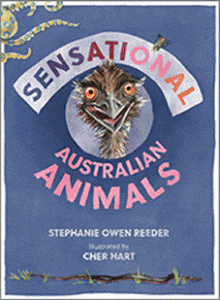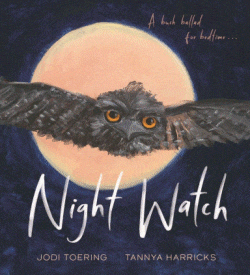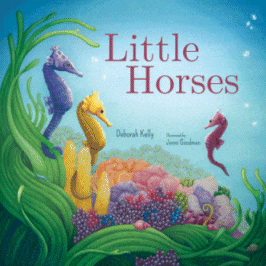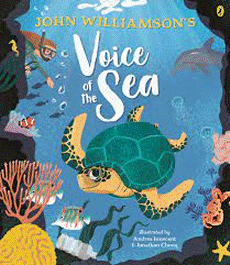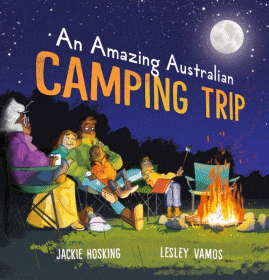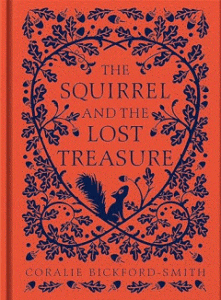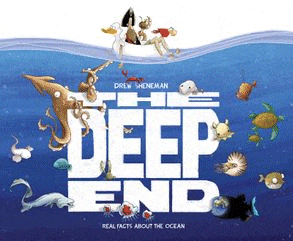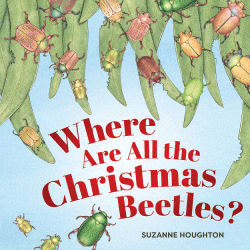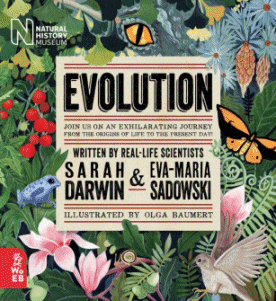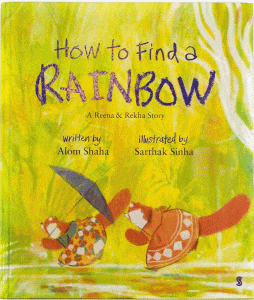
How to Find a Rainbow
How to Find a Rainbow
Alom Shaha
Sarthak Sinha
Scribble, 2024
32pp., hbk., RRP $A24.99
9781761380372
Reena and Rekha may be sisters, but when it comes to the weather, they couldn’t be more different. Reena hates rainy days because she sees them as grey and gloomy, depriving her of being outside painting all the bright and beautiful things. Whereas Rekha loves the smell of wet earth and the solitude of being outside when everyone else is in.
As she splashes in the puddles she sees a rainbow, and knows immediately that it is something Reena will want to see. But by the time Reena joins her, the rainbow has disappeared. Where can it be? Will they find it again?
There is a saying, “Without rain, there can be no rainbows”, and this charming story can be read on two levels – that of two sisters in search of a physical rainbow and that of emerging from a gloomy emotional episode and beginning to find joy again. It offers scope for investigating the science of rainbows (as well as instructions for creating one) , but also helps young readers understand that even if siblings or friends don’t like the same things, there are still ways to come together. With much of the story carried in the dialogue which is assigned directly to each character, and an original style of artwork, this is a story of two red pandas that offers much to young readers learning to explore the world around them so that they will be looking forward to the next rainy day to explore for themselves. You could even teach them the word “petrichor” which is the grown-up word for the smell of dry earth as rain hits it, and watch them impress others with their knowledge!
